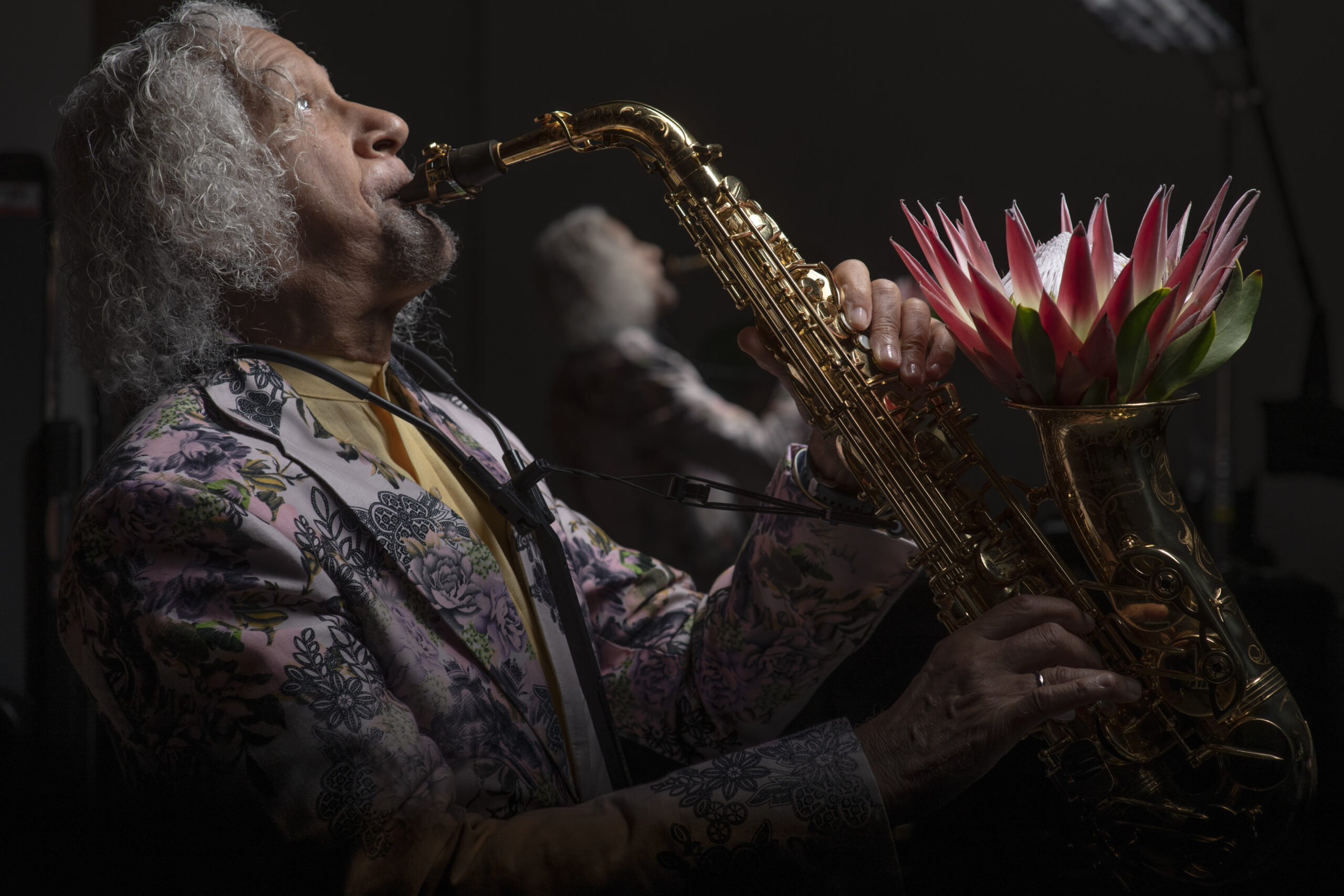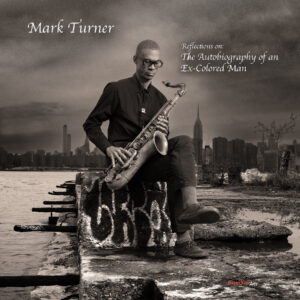When F. Scott Fitzgerald wrote, “there are no second acts in American lives,” he didn’t know about the Baltimore-born, alto saxophonist, octogenarian and National Endowment of the Arts Jazz Master Gary Bartz.
His first act occurred when he was a talented teenager playing in his father’s jazz club in his hometown under the spell of bebop pioneer Charlie Parker. Bartz’s second act debuted when he traveled to New York City as a promising student, studying composition at The Juilliard School in the late ‘50s. In the ‘60s and ‘70s, Bartz unveiled his third act as a valued sideman with Art Blakey’s Jazz Messengers, Miles Davis, Max Roach, Charles Mingus, and McCoy Tyner, to name a very select few. From the ‘70s onward, Bartz’s most well-known act has been in the role of leader, from 1972 to 1975, with his NTU ensemble: an Afro-Swahili fusion group that was an Afrocentric preview of things to come, with over 45 albums ranging from his first Black radio, 1977 Mizzell Brothers-produced hit, “Music is My Sanctuary,” to his superbly discofied, 1980 album “Bartz,” coproduced by Mtume and Reggie Lucas.
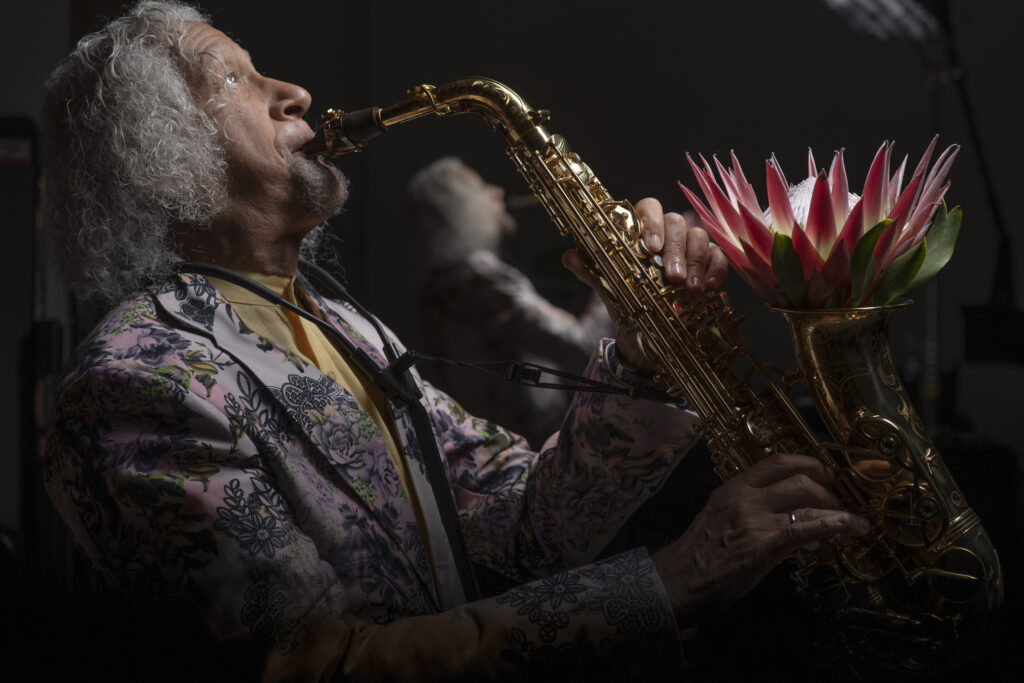
Which brings us to Bartz’s current act as a seasoned scientist of sound at the top of his musical game, with his sumptuous saxophone fully resonating in all registers. He’s at a point in his life where his technical abilities and musical imagination are simultaneously at their zenith. Which brings us to Bartz’s latest recording, “The Eternal Tenure of Sound: Damage Control.“ The first in a three-part album series, “Damage Control” is a 10-track recording that pays tribute to some of the “Blue Lights in the Basement”/”Quiet Storm” jams he played on in the ‘70s and ‘80s. The album’s title refers to the soothing quality of this mostly ballad recording to reduce the political and social turmoil of our troubled times.
Backed by an all-star cast consisting of drummer Kassa Overall, a recent recipient of a Doris Duke Artist Award and Bartz’s former student at Oberlin College; alto saxophonist/keyboardist Terrace Martin and the award-winning tenor saxophonist Kamasi Washington — who both played on Kendrick Lamar’s iconic “To Pimp a Butterfly” album — guitarist and Chic co-founder Nile Rogers, trumpeters Keyon Harrold and Theo Crocker; rapper/singer DRAM and vocalists Rita Satch of Melbourne and Daniel Merriweather. Bartz’s longtime collaborator, pianist Barney McCall, contributed arrangements and the project was recorded and produced in Los Angeles by Bartz’s godson, Om’Mas Keith, who also produced the Sa-Ra collective, and Frank Ocean. Keith provides a tantalizing aural tableau blending acoustic and electronic sounds for Bartz and company to play on.
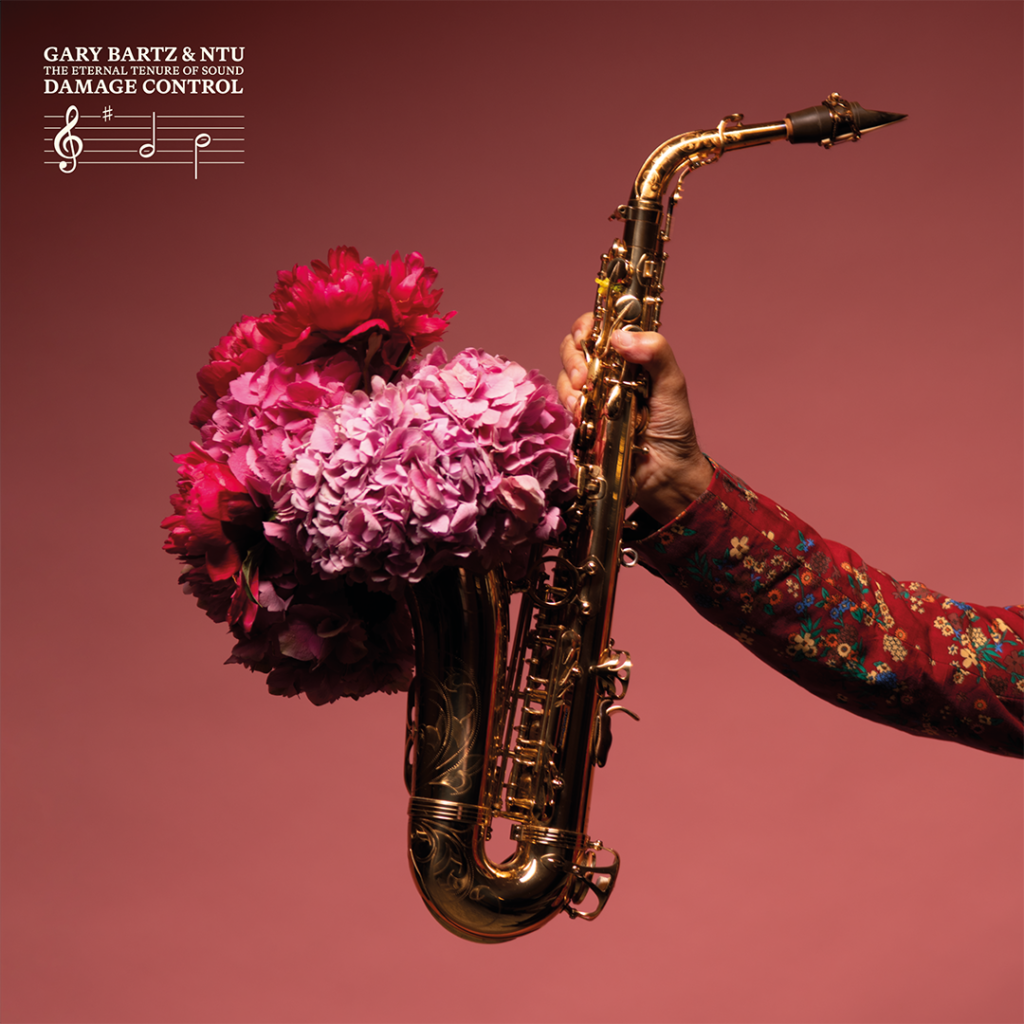
The spirit of John Coltrane casts its eternal shadow on this album, as evidenced by the album’s first track, “Fantasy,” from Earth, Wind & Fire’s incredible 1977 LP, “All n’ All.” Unlike the original version, which feature a festive, Afro-Brazilian maracatu rhythm, Bartz’s rendition is rendered at a slower tempo, with a chamber woodwind arrangement that morphs into a few bars of Coltrane’s “Central Park West” before returning to the main theme, graced by Bartz’s rare, serpentine-fired soprano sax lines. Bartz returns to his alto sound on the Quincy Jones’ “One Hundred Ways,” from Jones’ smash LP, The Dude, with a nice percussive section added to the arrangement .
Bartz’s heavenly rendition of Curtis Mayfield’s little-heard 1970 composition, “The Makings of You,” his gospel-grooved version of Anita Baker’s “You Bring Me Joy,” his terrific takes on Babyface’s “Slow Jam” Ambrosia’s The Biggest Part of Me,” Patti LaBelle’s “ If Only You Knew,” and El DeBarge’s “Love Me In a Special Way,” display the vivid and varied ways Bartz can make his horn sing and breathe new life into vintage songs.
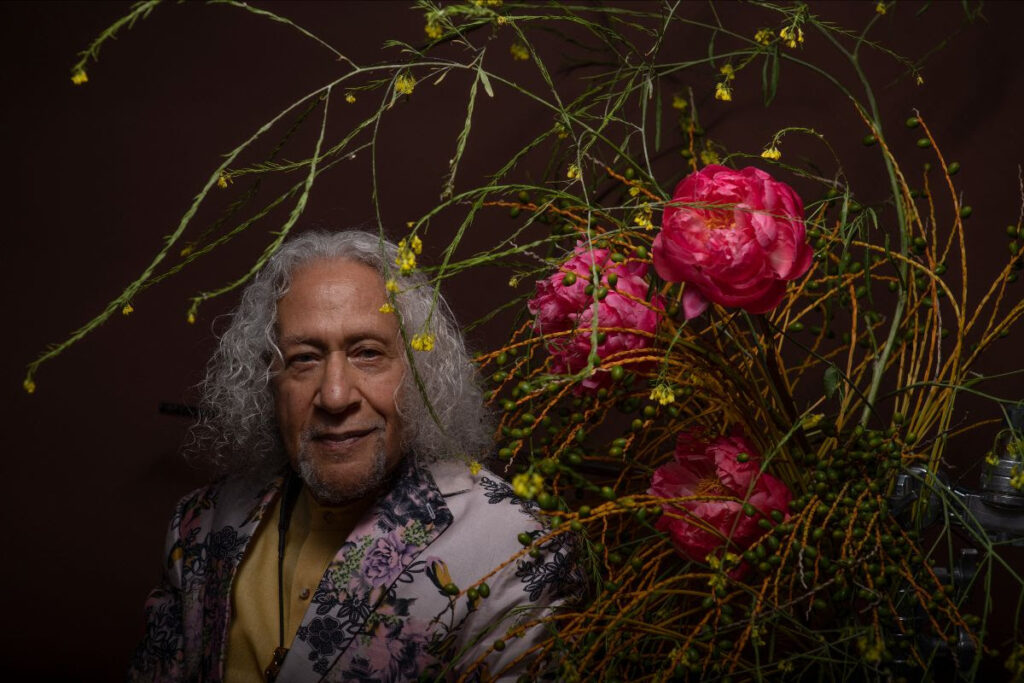
The album’s two standout tracks are reimaginings of hits Bartz played on in the ‘70s. Bassist Michael Henderson — who played with Bartz in Miles Davis’ group — wrote the Quiet Storm classic “You Are My Starship,” which was released in 1976 by Norman Connors. Bartz and company turn it into a sophisticated, bouncy midtempo number with Bartz applying the same sonic seasoning on this 21st century version as he did on the original song decades ago. And the same can be said on Bartz’s majestic medley of “In Search of My Heart/Love Surrounds Us Everywhere,” two selections from McCoy Tyner’s criminally overlooked 1982 LP, ”Looking Out,” both of which featured the velvet voice of Phyllis Hyman. In 2025, both compositions are reanimated with a celestial arrangement that morphs into a beguiling backbeat with Bartz signifying on his horn, with Martin and Washington contributing their sterling sheets of sound.
Bartz’s brilliant album represents the saxophonist’s core belief that categories are meaningless, and that improvisation is spontaneous composition, which not only abounds in jazz, but at one time was a part of the European classical tradition. Superb music like this proves that Bartz, in the words of Duke Ellington, is “beyond category.”


